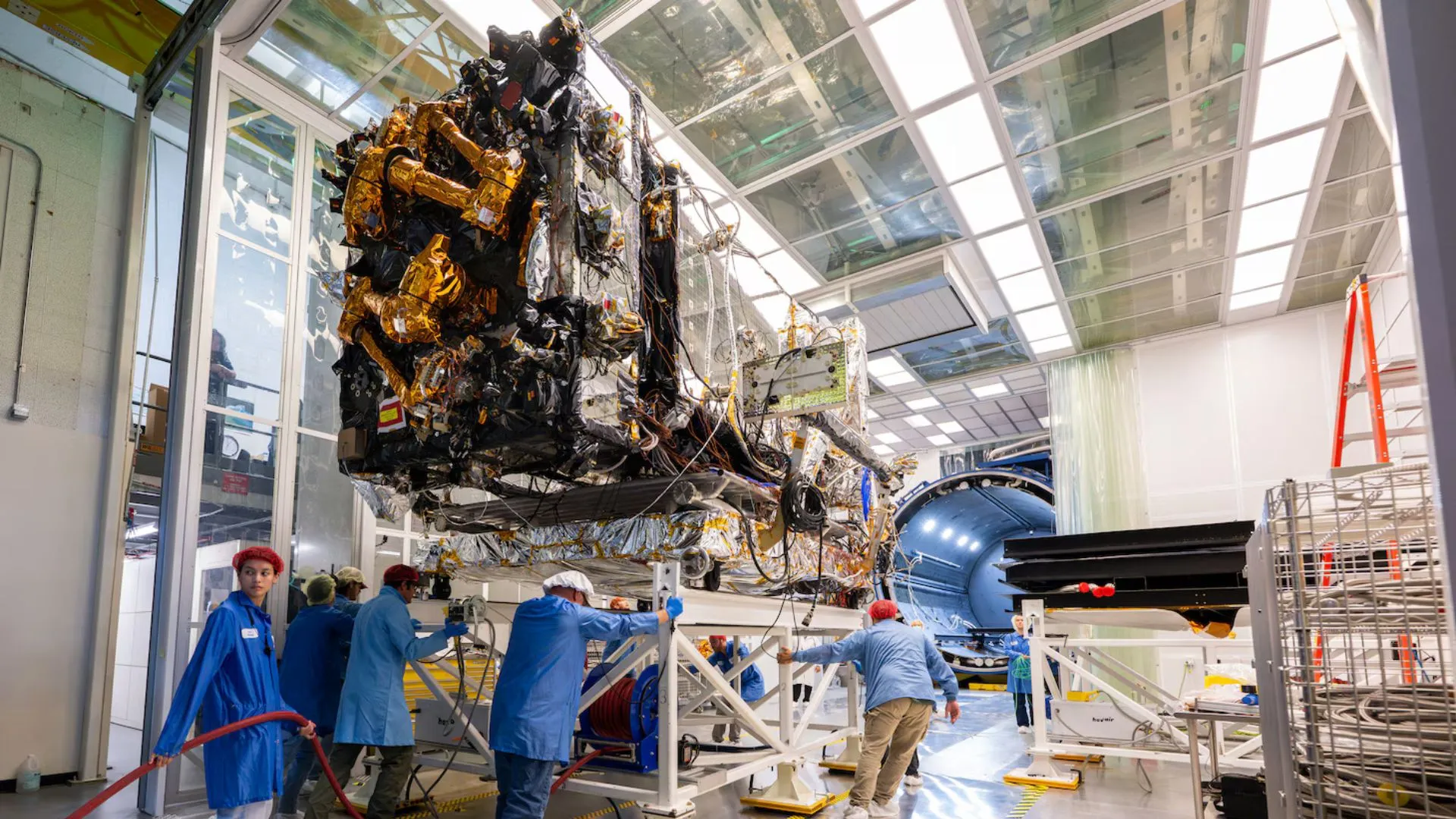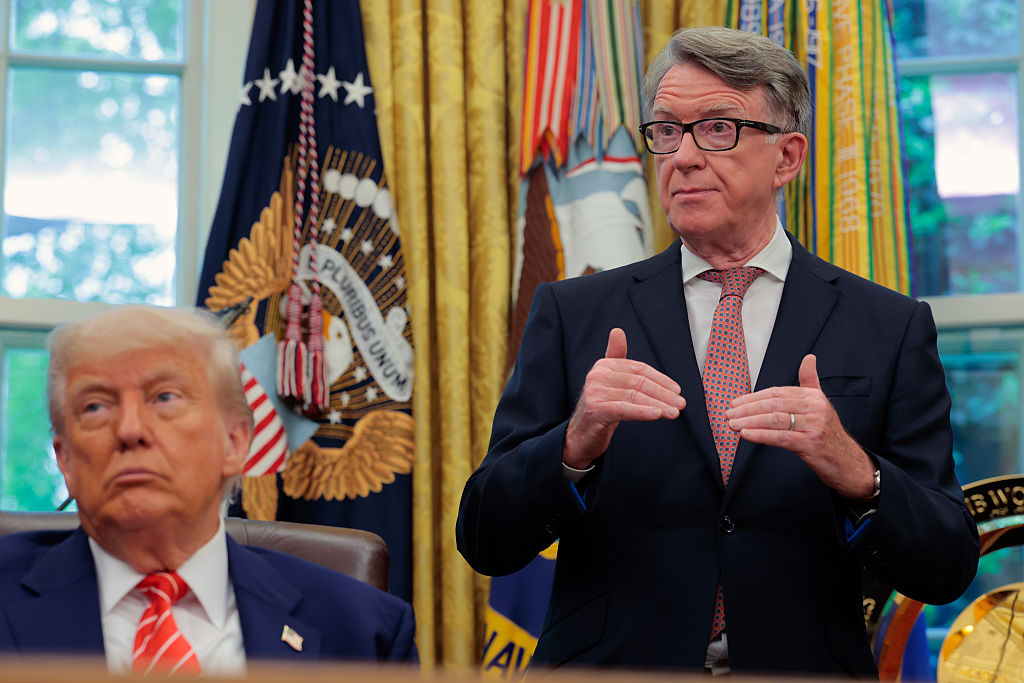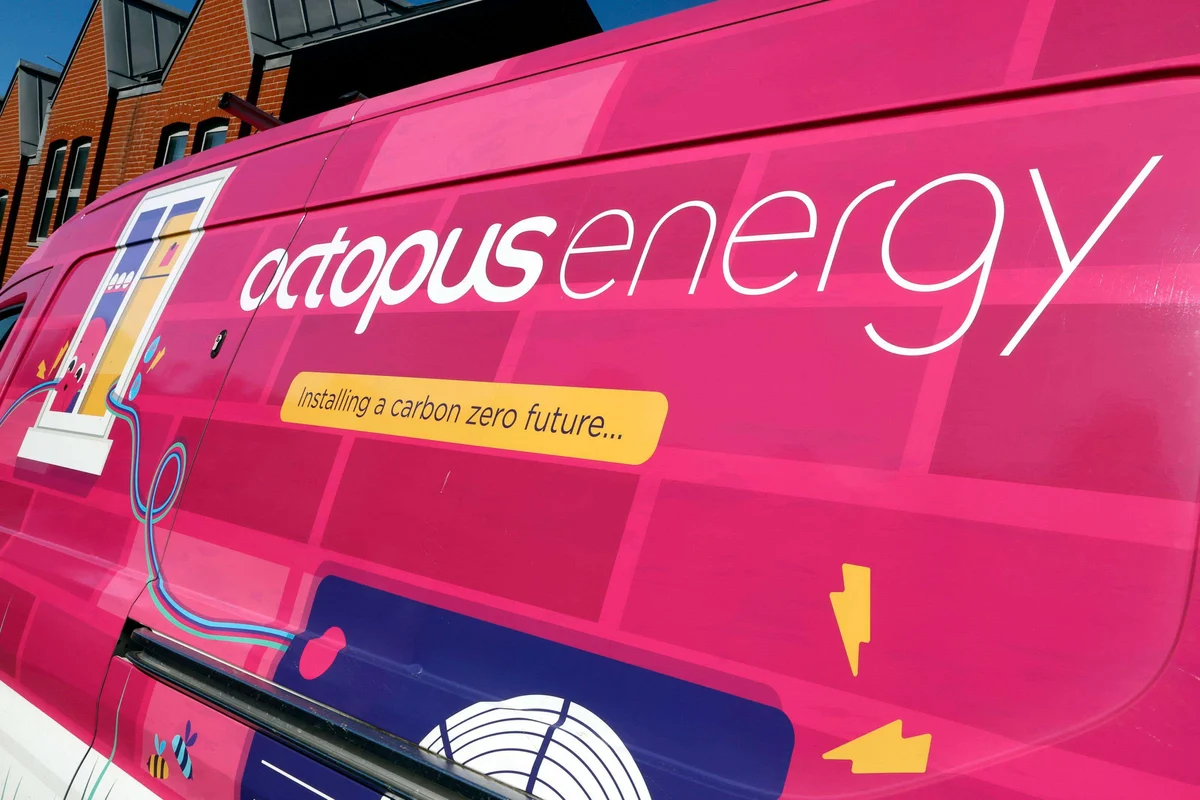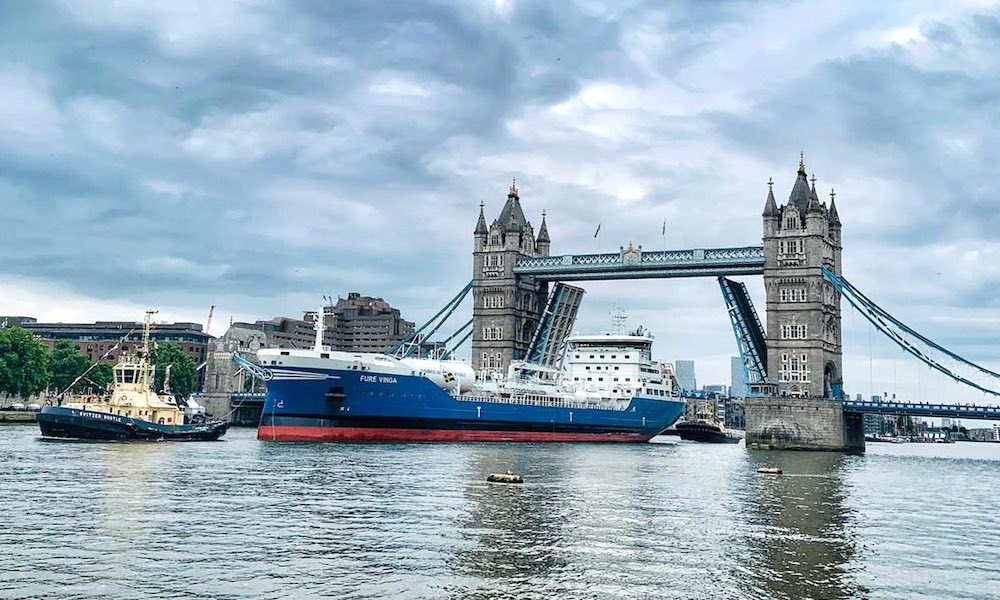
The US Naval Research Laboratory (NRL) has tested a robotic system, which could soon inspect, repair, and even upgrade satellites already in orbit.
NRL announced a major milestone on September 18, stating that the robotic satellite service system completed its “space-readiness testing.”
For the testing, the Robotic Servicing of Geosynchronous Satellites (RSGS) payload was integrated with the Mission Robotic Vehicle (MRV) spacecraft bus.
In the thermal vacuum (TVAC), the duo battled with the punishing extremes of space — intense heat, bitter cold, and the absolute vacuum — within a specialized chamber on Earth.
This milestone is the culmination of over two decades of research and development.
NLR has partnered with Northrop Grumman’s SpaceLogistics, with additional funding from the Defense Advanced Research Projects Agency (DARPA) for this initiative.
“This is more than a successful test, we are nearing the culmination of decades of work and partnership that began as a vision for on-orbit servicing and it’s exciting to be so close to this technology being space-qualified and ready for flight,” said Bernard Kelm, acting director of the Naval Center for Space Technology.
Geosynchronous orbit servicing
In geosynchronous orbit, some 22,000 miles (36,000 kilometers) above Earth, hundreds of satellites operate, from those used in the military to the commercial ones.
However, this remote location makes inspecting, diagnosing, or repairing them impossible.
Even fully working satellites can become obsolete due to old technology, which is costly for owners. Currently, these satellites are built with expensive, heavy backup systems and extra fuel, since there is no possibility of in-orbit assistance.
But the new NRL-developed robotic servicing technology aims to change that equation.
This system will enable close inspections, orbital adjustments, hardware upgrades, and in-orbit repairs.
It features two robotic arms, avionics, and a variety of tools to safely execute Rendezvous and Proximity Operations.
In terms of tools, it is equipped with a suite of cameras, sensors, and infrared imaging to safely approach client satellites.
The RSGS’ robotic arms can perform capture, inspection, and upgrade tasks, with the ability to add new tools if required.
This technology promises to enable routine in-orbit servicing, leading to longer satellite lifespans, reduced costs, and new opportunities for innovation.
“The completion of spacecraft thermal vacuum testing marks the most critical milestone of recognizing that the NRL-developed payload and MRV are capable of working together as a system,” said Dr. Bruce Danly, NRL director of research.
Launch expected next year
The cryogenic thermal vacuum chamber testing was completed at the NRL’s Naval Center for Space Technology (NCST) in Washington, D.C., on September 5.
After this testing, the RSGS-MRV system will head to Northrop Grumman’s facility in Virginia for final integrated systems testing.
Once it reaches orbit after the launch, the MRV and its payload will first go through a checkout phase.
The system will begin a series of demonstrations, including proximity operations, rendezvous maneuvers, and client servicing.
These tasks involve everything from resolving satellite anomalies and adjusting orbits to performing hardware upgrades and inspections.
The demonstrations will ultimately prove the system’s ability to extend and improve the service life of satellites.
“With launch preparations starting soon, RSGS is poised to demonstrate its robotic capabilities in orbit for the first time, marking the beginning of a new era in resilient space operations,” the press release noted.
The launch date has not been specified, but reports suggest it is expected to take place in 2026 after initial delays.



